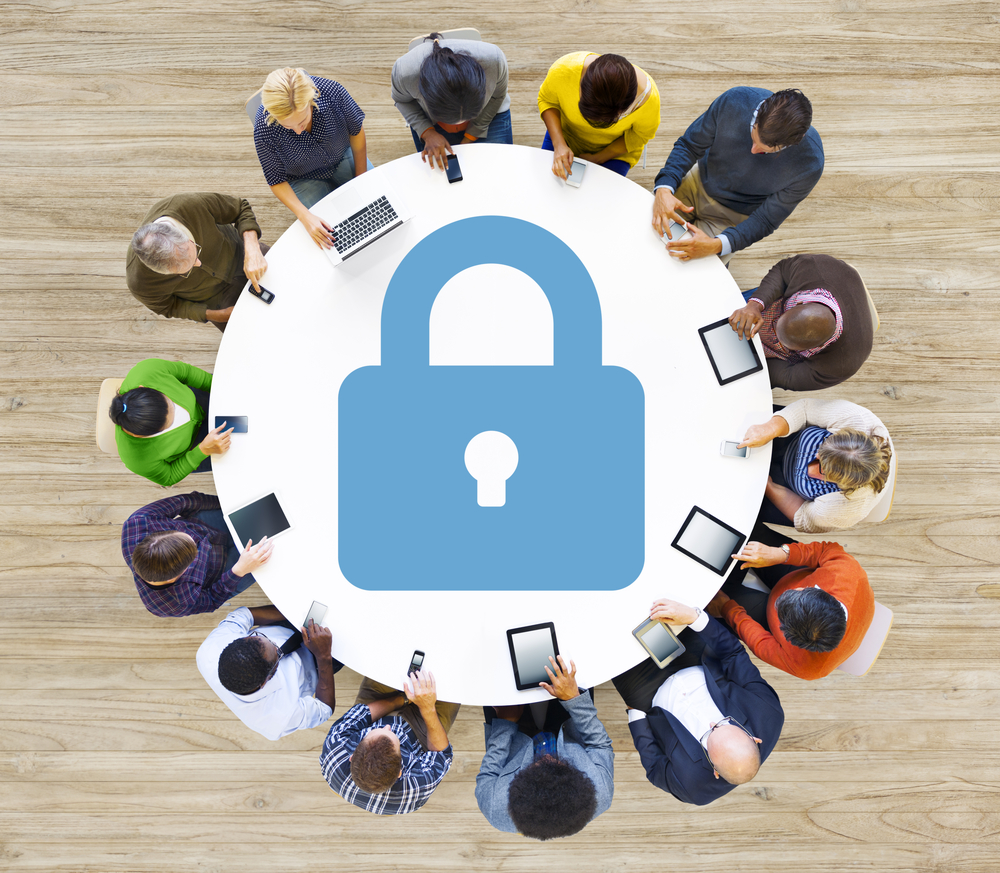In today’s workplace, personal data is vulnerable to compromise. Digital identity protection has become a necessity. It is important to protect personal information not just for the sake of protecting the individual, but also in order to maintain the integrity and trust within the company. Businesses can implement effective measures to ensure digital identity security and reduce the risk of unauthorized access or theft of sensitive data.
Implementing strong access control is an essential strategy to protect digital identities. Multi-factor authentication adds another layer of protection and helps prevent unauthorized access. It is important to regularly review and update user privileges in order to ensure employees are given appropriate access levels.
The encryption of data is a crucial step in protecting personal information. Encrypting data in transit and at rest allows organizations to make the information unreadable for unauthorized users. To maintain confidentiality and integrity, it is important to implement strong encryption algorithms as well as secure key management techniques.
It is important to educate employees on the best ways to protect their digital identities. Topics such as safe browsing, phishing awareness and handling sensitive and personal information should be covered in regular training sessions. Encourage employees to create strong and unique passwords. Avoid sharing sensitive information online except when necessary. Be cautious about suspicious links or emails.
For digital identity protection, it is essential to implement robust privacy policies and practices. Define how information about individuals should be collected and stored. Also, define the use of that data within an organization. Create guidelines on how to securely dispose of data once it’s no longer required. Review and update policies regularly to ensure they are in line with industry standards and changing regulations.
It is vital to regularly monitor and audit systems and networks in order to identify any suspicious or unauthorized activities. Intrusion detection tools and log monitoring systems can help identify security breaches, or attempts by unauthorized individuals to gain access to personal data. It is important to investigate and respond to incidents as soon as possible to limit any damage.
Another important element of protecting digital identity is to ensure the safe disposal of data. When no longer needed, establish protocols to securely delete or destroy personal data. It is important to properly wipe data off storage devices, or destroy them physically in order to avoid unauthorized access.
When handling sensitive data, it is important to partner with vendors and service providers you can trust. Due diligence is required to verify that the third party organization has robust security in place for protecting personal data. Implement contracts that outline clearly data protection obligations.
It is important to stay informed on the latest changes in data protection regulations and laws. Keep up to date with any changes made in privacy legislation and regulations such as General Data Protection Regulations (GDPR), or regulations specific to your industry. Integrate these regulations into your organization’s practices for protecting digital identities.
Prioritizing digital ID protection allows organizations to safeguard customer information and maintain trust. They can also demonstrate their commitment to security by prioritizing it. Employee training, encryption of data, privacy policies and monitoring systems are all important to ensure that personal data is protected in the workplace.


